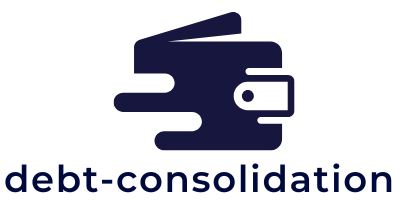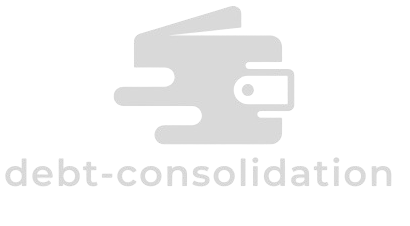Are medical bills piling up? Between soaring treatment costs, confusing insurance gaps, and endless paperwork, it’s easy to feel overwhelmed by medical debt. But here’s the good news: it doesn’t have to control your life. With the right approach, you can manage it, regain control, and breathe a little easier.
What is medical debt?
Medical debt occurs when your healthcare expenses exceed what your insurance covers—or if you don’t have insurance at all. It can come from a hospital stay, surgery, prescription medications, or even a routine appointment that ended up costing more than expected.
How common is medical debt?
You’re not alone. Millions of Americans face medical debt, often from small, unexpected costs that quietly accumulate. Its unpredictability makes it even more challenging to stay on top of.
Why is it important to address medical debt?
Medical debt isn’t something you can ignore. As unsecured debt, it can lead to collections, damage your credit score, and create long-term financial stress. Tackling it early is crucial for your financial stability.
Practical Steps to Manage Medical Debt
1. Start with your budget
Your budget is the foundation of your financial life. Start by listing your monthly income and essential expenses like housing, utilities, and food. This gives you a clear picture of where your money goes.
Set realistic goals, such as paying off a bill in a month or saving a small emergency fund. Small wins add up.
2. Cut back where you can
Review non-essential spending like dining out, subscriptions, or entertainment. Focus on covering essentials first—housing, utilities, transportation, and food. Look for creative ways to save, such as meal prepping or finding free weekend activities. Every dollar counts when reducing debt.
3. Boost your income
Cutting costs helps, but earning extra can make a bigger difference. Consider side gigs, freelance work, selling unused items, or picking up overtime at your current job. Apply any extra income directly to your medical debt.
4. Choose a repayment strategy
- Debt snowball method: Pay off the smallest debts first. Quick wins can be motivating and build momentum.
- Debt avalanche method: Focus on debts with the highest interest first. It may take longer to see progress, but you save more on interest over time.
Pick the approach that fits your motivation and financial goals.
5. Don’t be afraid to negotiate
Review your medical bills carefully and check for errors. Contact your provider’s billing department and explain your situation. Many hospitals offer discounts or payment plans if you ask.
6. Explore additional options
- Credit cards: Can help in emergencies, but watch out for high interest. Look for low or 0% introductory rates and a clear repayment plan.
- Personal loans: Consolidate debt at potentially lower interest rates, but borrow only what you can afford.
- Government and nonprofit programs: Programs like Medicaid or Medicare, as well as charitable organizations, can help cover costs.
- Crowdfunding: Sharing your story online can generate support from friends, family, or strangers.
- Credit counseling: Professional services can guide you in repayment plans and negotiation.
- Bankruptcy: Only as a last resort, but it can offer a fresh start. Consult an attorney if considering this option.
Conclusion
Medical debt can feel overwhelming, but by taking it one step at a time, you can regain control. With a clear plan, budgeting, and the right strategies, you can reduce your debt and feel more financially secure.

